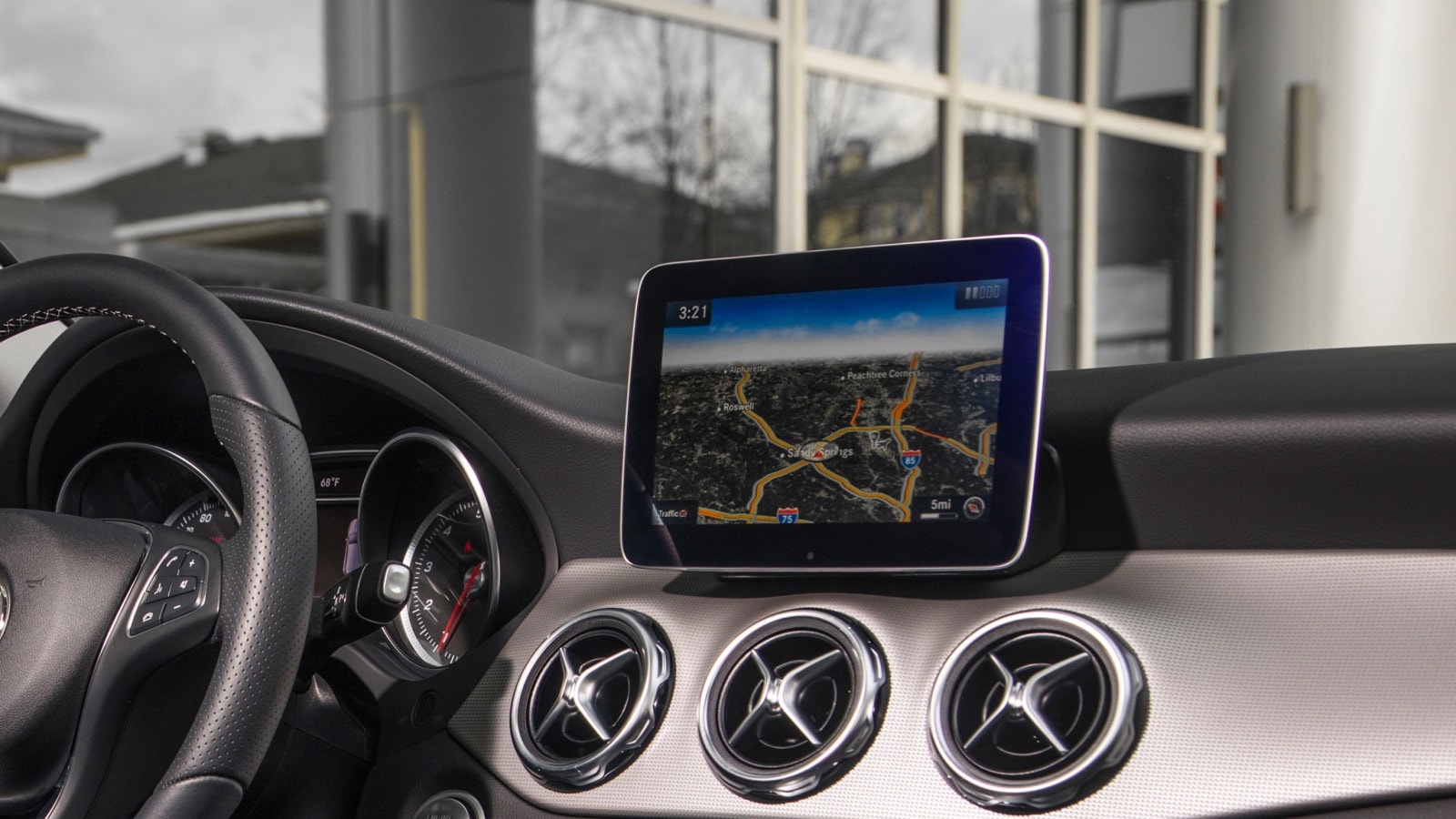Personal protection comes from foresight and proper planning. If someone attempts to rob you on the street, there are numerous ways you can stay safe: You can defend yourself with a self-defense weapon, you can protect yourself with physical self-defense training, or you can use personal training to escape and evade a robber prior to being approached. You’re left open without any of this pre-planning, leaving you taken aback in the moment, causing you to be unsafe and potentially robbed.
As a homeowner or business owner, there are steps you can take to protect yourself prior to a potential break-in and theft. In some cases, the defensive choices you make can act as deterrents, such as the presence of video cameras.
Video recorders should be an essential tool for homeowners and business owners, as they allow the capture and storage of copious footage recorded by security cameras placed in and around a property. But how are video recorders helpful for a property owner, and what features make them most useful to your security needs?
Let’s first explore the differences between common video recorders.
Table of Contents
Different Types of Video Recorders
When it comes to video recorders, there are two primary options available on the market: digital video recorders (DVR) and network video recorders (NVR). These systems allow the capture and storage of footage, meaning that video data collected from numerous cameras can be stored and viewed in one place. And, while DVR and NVR might serve similar purposes, there are differences between them.
Digital video recorders are one of the common forms of surveillance infrastructure used. Often connected to close-circuit television (CCTV) security camera systems, these analog systems will capture footage and share it directly back to an easy-to-access network where your footage is stored and set aside. Most systems nowadays are able to handle both high-definition (HD) digital cameras and analog cameras at the same time, allowing numerous types of systems to be put into use.
Network video recorders work in a similar way to DVRs, but are considered safer. The reason? They have a unique design feature that works by relying on a personalized IP network. Whereas DVRs can be limited to the amount of footage that can be captured, IP NVR systems allow heightened security, as its operation over a CAT-6 ethernet allows greater transference speeds, meaning you can install more cameras throughout your space.
Furthermore, you can have a surveillance video system outfitted with 1080p and 4K Ultra-HD security cameras and not deal with any lagging, meaning you can capture goings-on in high detail without issue.

Best Uses for Video Recorders
When it comes to DVR, the most common form people are used to hearing about is DVR recording for television, but there are more capabilities when it is utilized for surveillance purposes. DVR devices can be used in a variety of ways when it comes to surveillance management.
Most DVR systems allow remote viewing, meaning you can access the feed from your cameras by an app or connected monitor. Moreover, these systems often allow cameras to be set on a recording schedule, allowing you to decide when cameras should start and stop recording. If you have motion-detection activated cameras, you can even set up your DVR device to engage when motion is caught on camera.
NVRs equally allow for remote viewing, but the enhanced digital features of such devices increase the likelihood that footage can be viewed live or recorded through a smartphone or tablet app—as well as from a computer.
Moreover, as mentioned above, the enhanced data transfer capability of NVR allows more cameras to capture footage within the system; on top of that, 4K-quality cameras can be used to record crisp, clear footage you wouldn’t be able to get otherwise. Along with 4K capabilities, NVR users should also expect to be able to use different types of security cameras, too, such as IP cameras and PTZ cameras.
Video Recorder Advanced Features
With the improvement of technology, great advancements have been seen in the field of security camera systems, meaning you can get the best surveillance at a decent price. It also means that incredible features are now the norm among standard surveillance devices. Here are examples of some of the more advanced features you’ll find among video recorders nowadays:
-
Touchscreens
Video recording systems are now compatible with touchscreen devices, such as modern-age Pilas para Laptop, smartphones, and tablets. This means that footage can be set to record and viewed while on the go, accessible via an app wherever the owner is.
-
Motion-Activation
Control is the biggest feature of DVR and NVR systems, and some of these systems can be activated to begin recording when motion is triggered on camera. Rather than recording footage 24/7, you can go into the system’s settings to say “Begin recording only when motion is seen,” meaning you’ll only be recording and saving footage that matters.

-
Remote Control
Similar to being accessible from touchscreen devices, remote control means that users don’t have to be at a physical control station to monitor footage and video recording. Rather, it can all be done with the push of a button while at home, traveling, or running errands.
-
Wireless Capabilities
Wireless capabilities reduce cable management issues long belabored over; plus, they allow cameras to connect to the network solely through a Wi-Fi connection. Installation and activation is easier than ever before!
Where to Buy a Video Recorder
If you’re thinking about introducing a video recording system into your surveillance arsenal, now is the right time to begin researching products available on the market. If you’re unsure where to start, begin by reaching out to a professional merchandiser, as they’ll have the high-quality video recorders you’re looking for.





_3-6.jpg)




